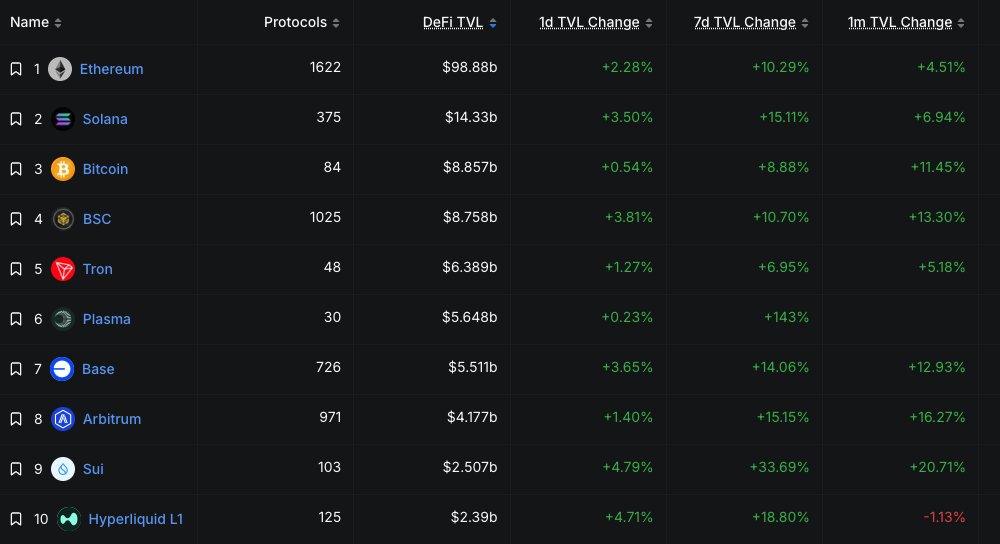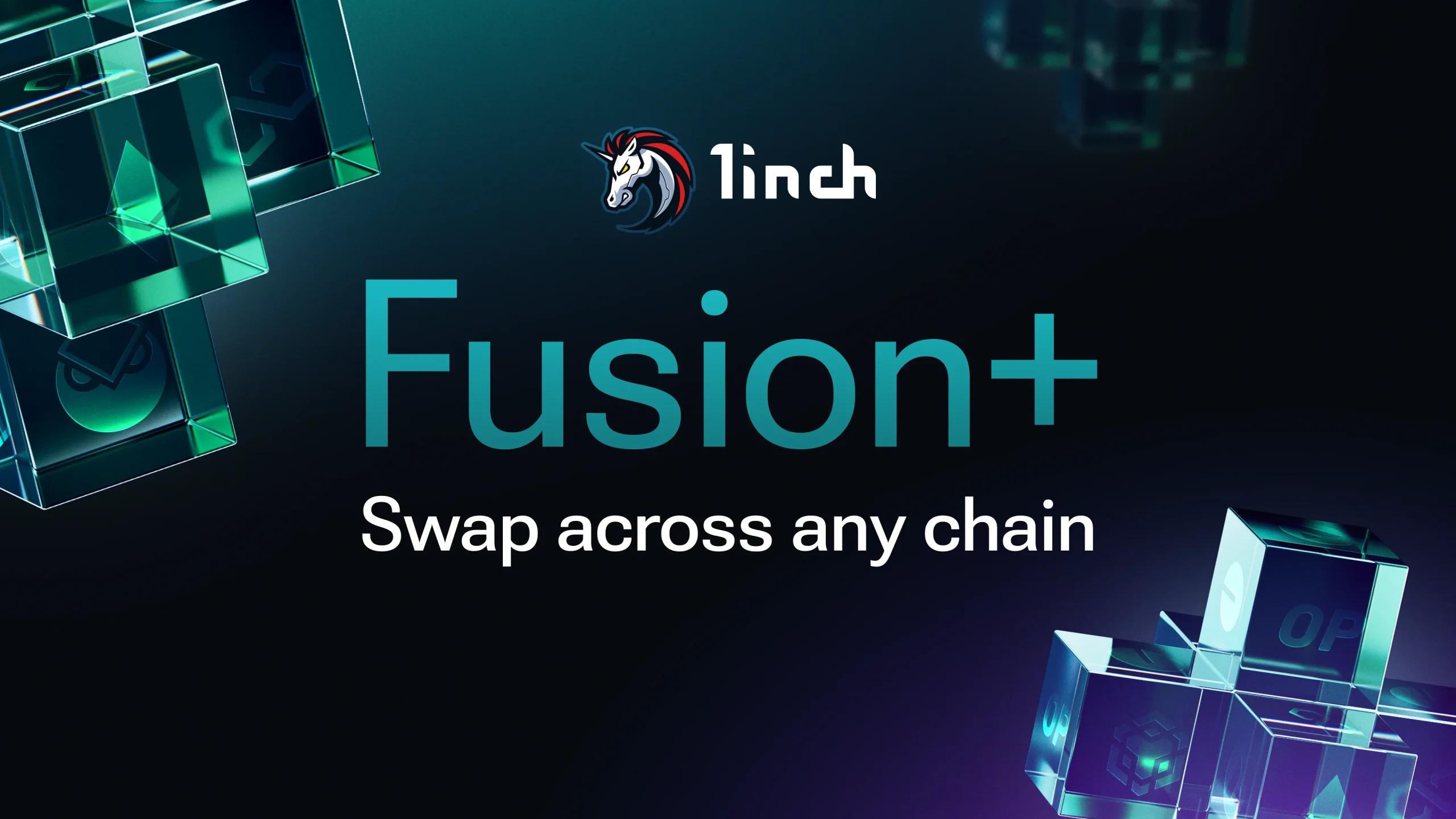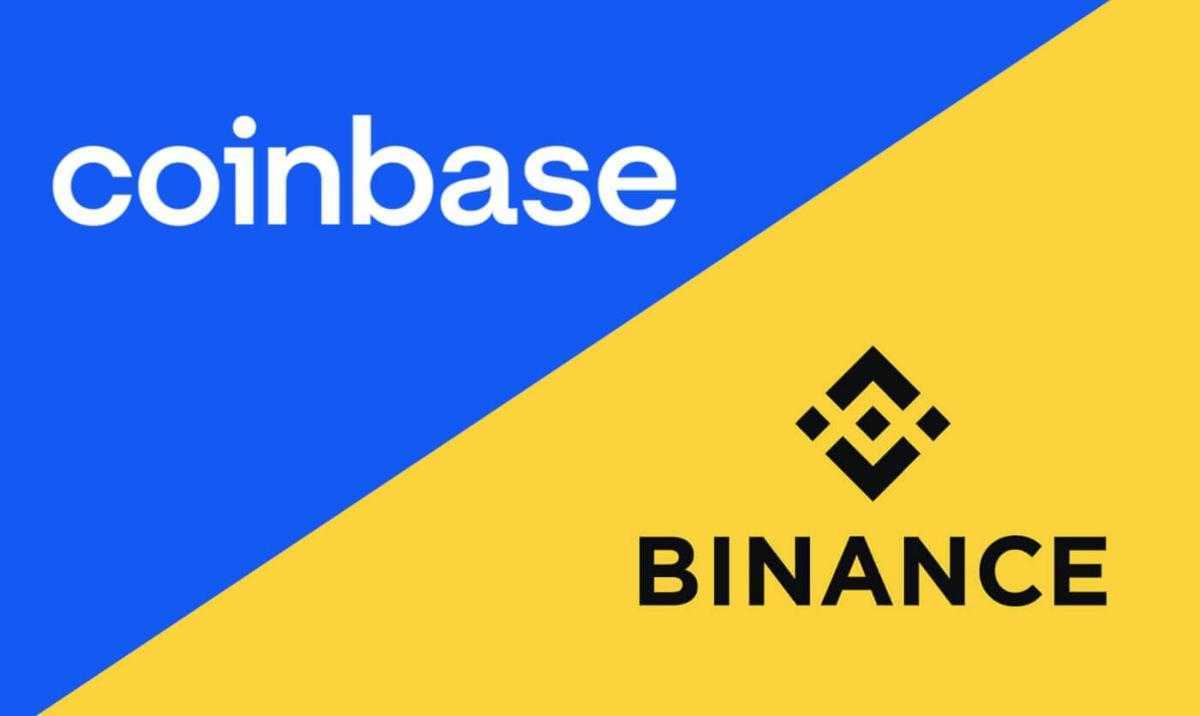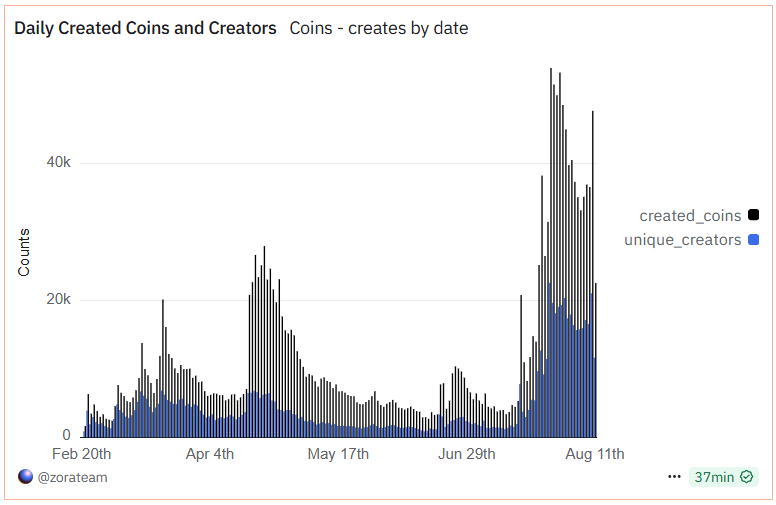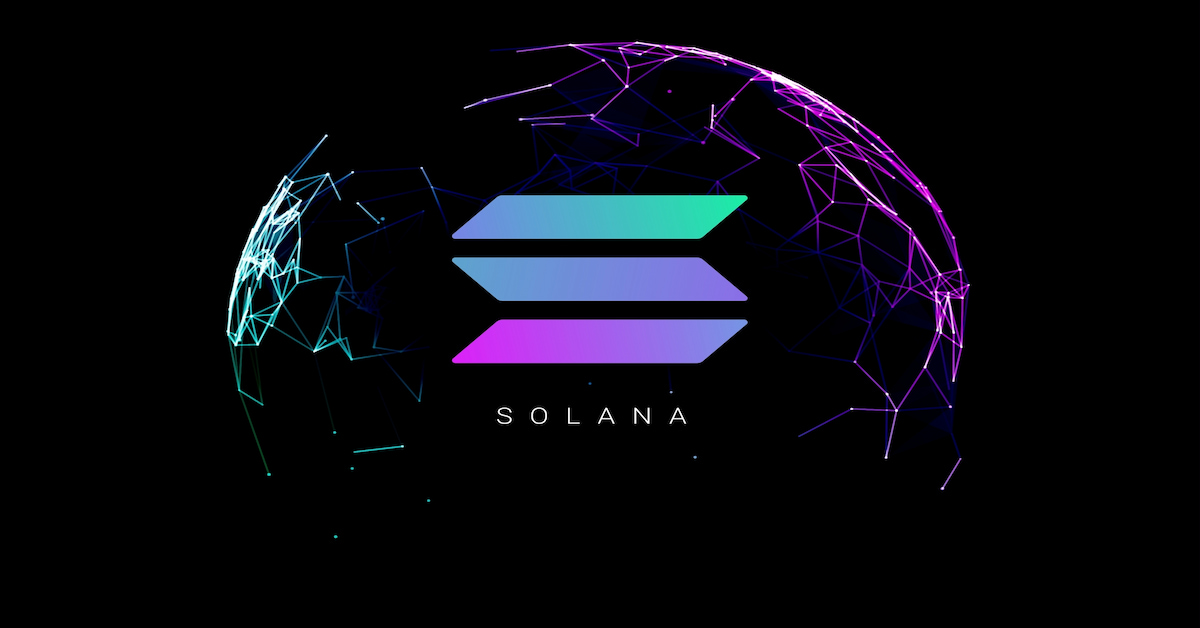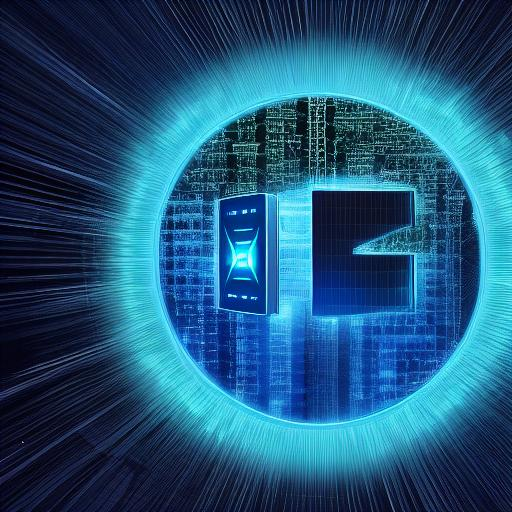At the Devcon SEA conference, Ethereum Foundation researcher Justin Drake introduced a groundbreaking update proposal for Ethereum — the Beam Chain!
Key Innovations:
Block time acceleration: Reducing slot times from 12 to 4 seconds will speed up transaction confirmations, increase network throughput, and reduce delays in dApps. Shorter slots will also enhance security, making it harder for malicious actors to manipulate blocks and decreasing the likelihood of attacks.
Lowering the minimum threshold for validators: Reducing the staking requirement from 32 ETH to 1 ETH will make validation more accessible to a larger number of participants, strengthening network decentralization. This will attract more independent validators, increase the network’s resilience against attacks, and make it more democratic.
Integration of zkEVM: The Zero-Knowledge Ethereum Virtual Machine will enable block verification through concise proofs, removing gas limits and making transactions more accessible. With this improvement, users can perform transactions faster and cheaper, while the network becomes more efficient.
Mainnet support and L1 enhancements: Beam Chain aims to improve Ethereum’s main layer, providing reliability and scalability without relying on alternative solutions. This step will strengthen the core network’s ability to support decentralized applications, benefiting the ecosystem as a whole.
It’s important to note that Beam Chain is currently just a proposal, and its implementation will depend on approval from the community of users and developers. The community will make the final decision on whether to adopt these changes. If approved, the full implementation is expected no earlier than 2029, allowing time for thorough testing and discussion.
Question: How might this update impact the L2 networks that operate on top of Ethereum? Some suggest that Ethereum 3.0 could reduce reliance on L2 solutions by providing unlimited scalability at the base layer. This could shift the role of L2 networks, which may be used for more specialized purposes, such as privacy or niche applications.

